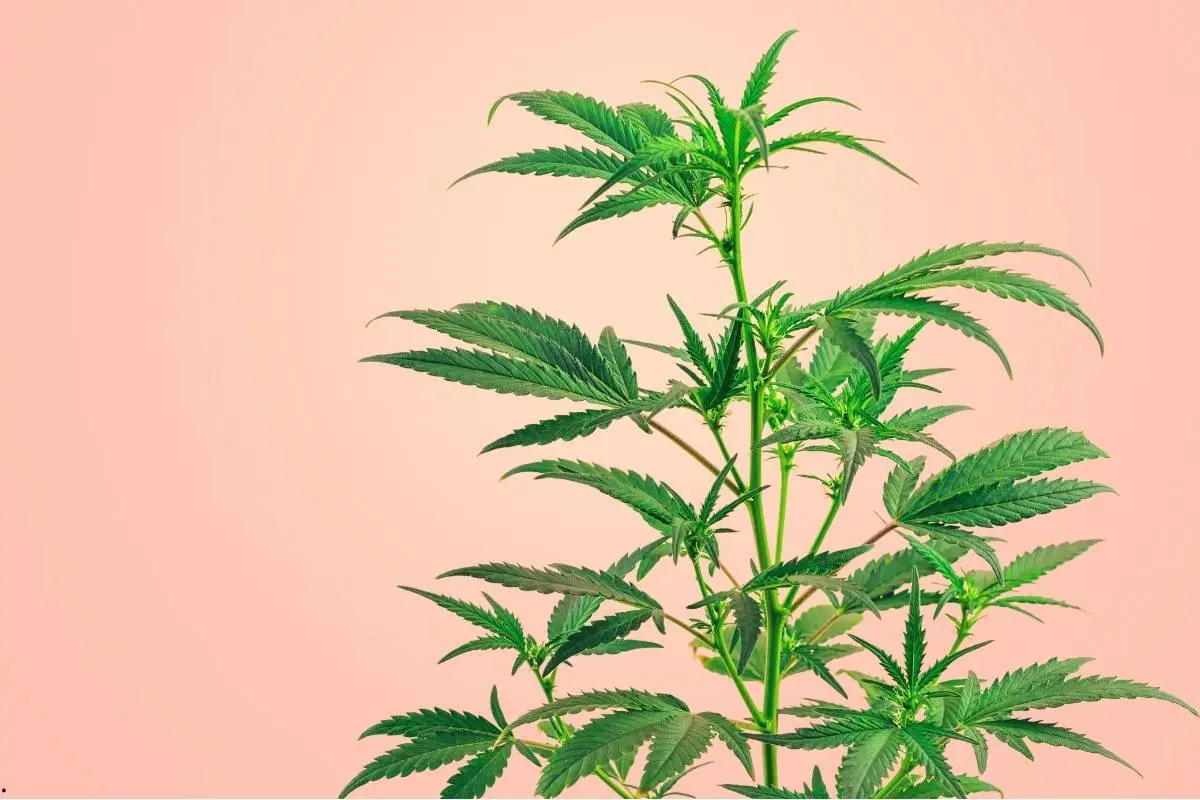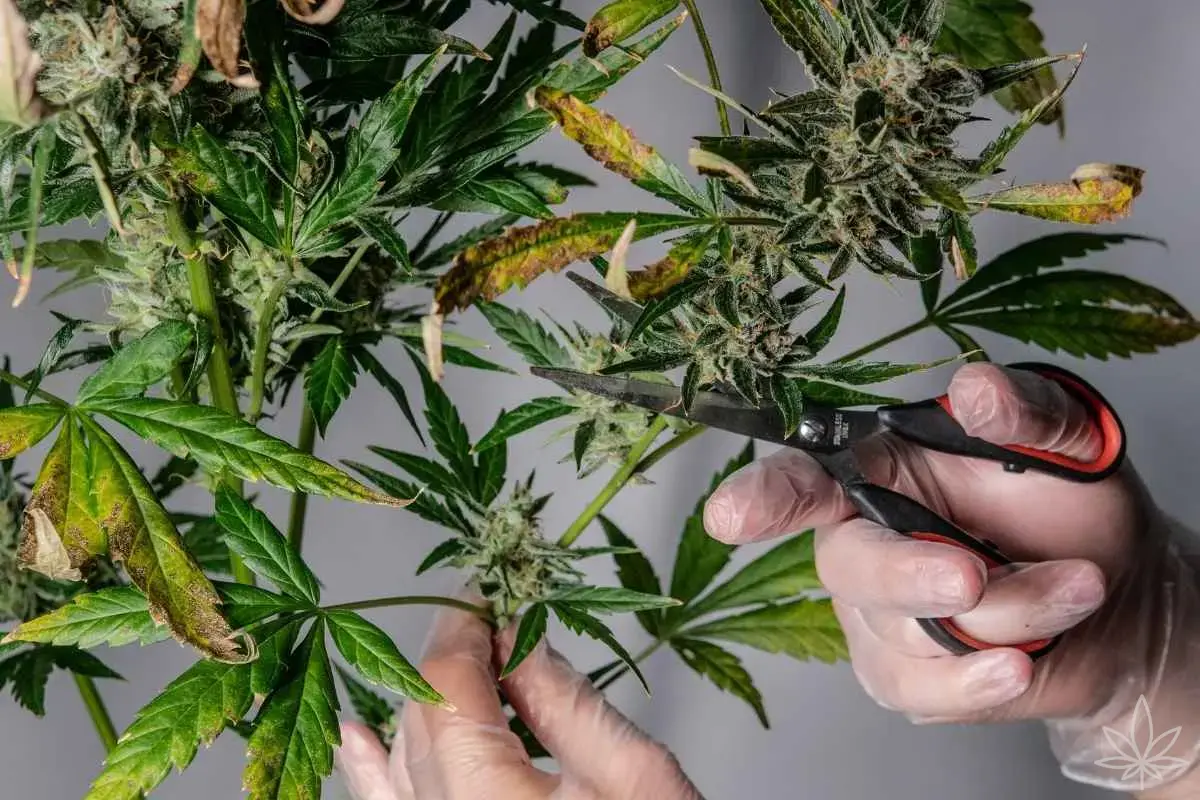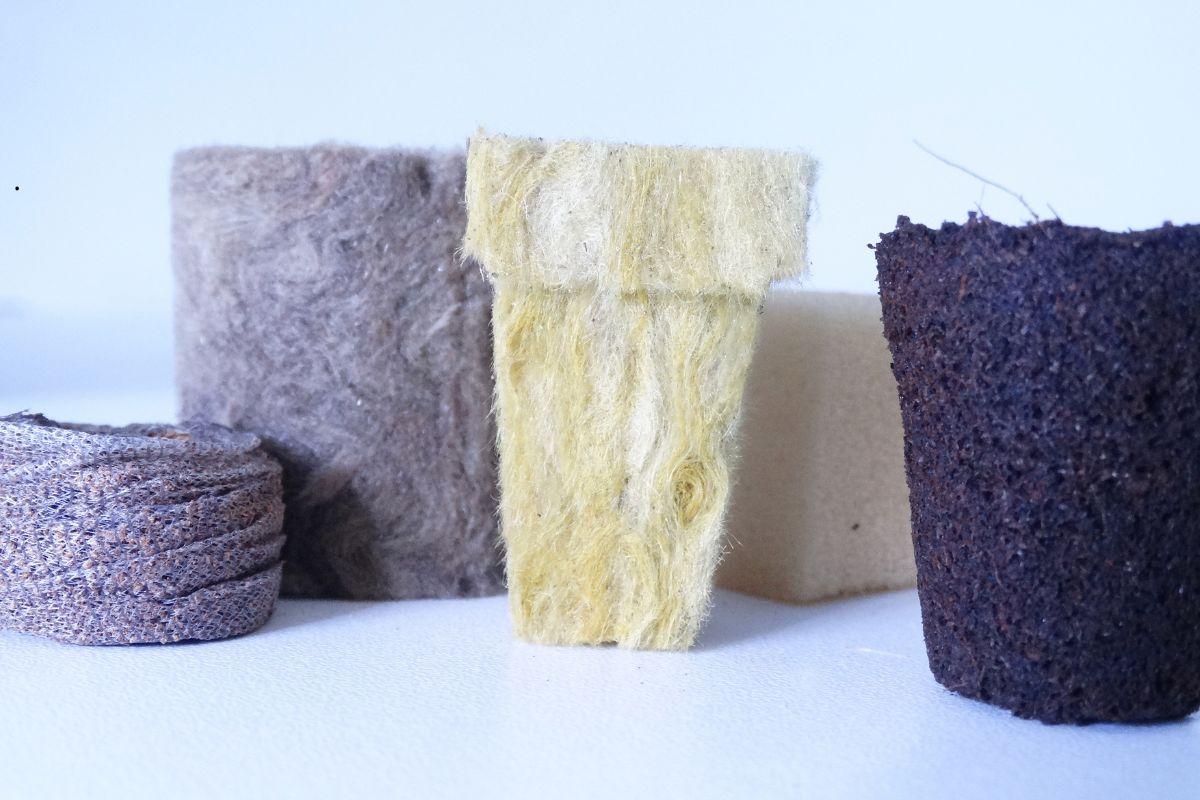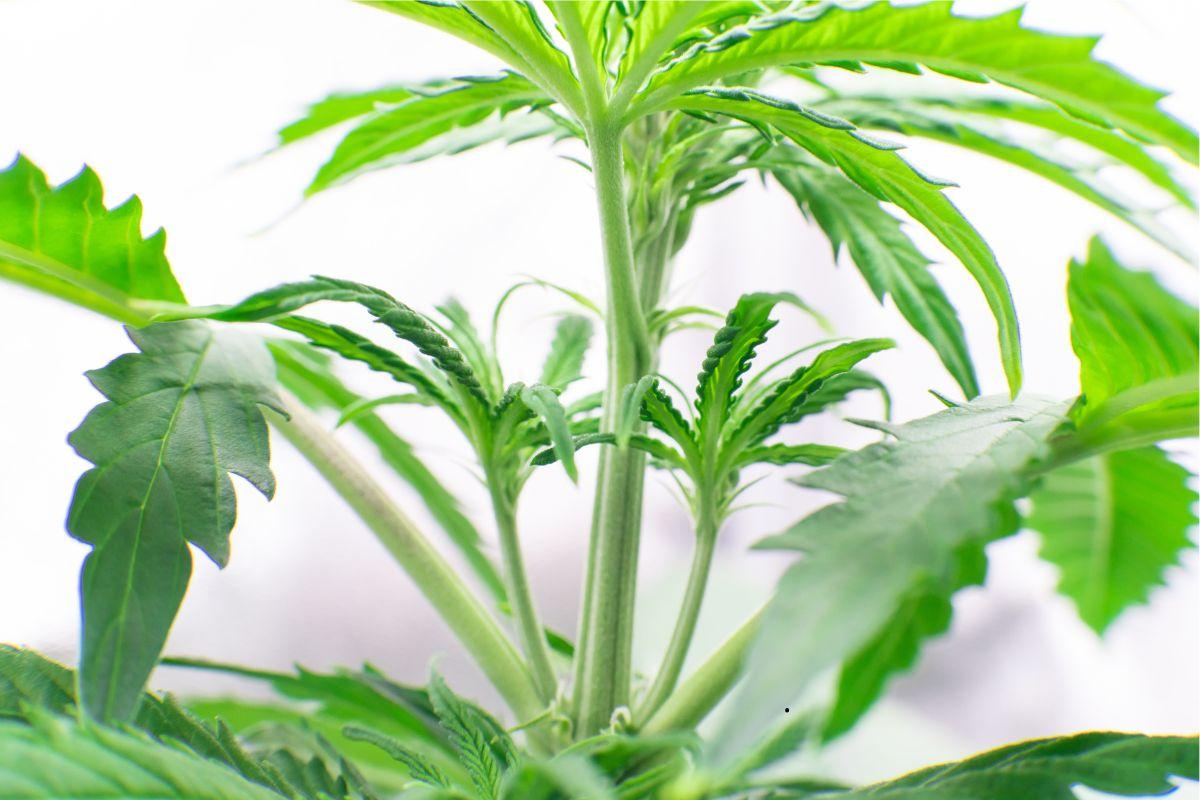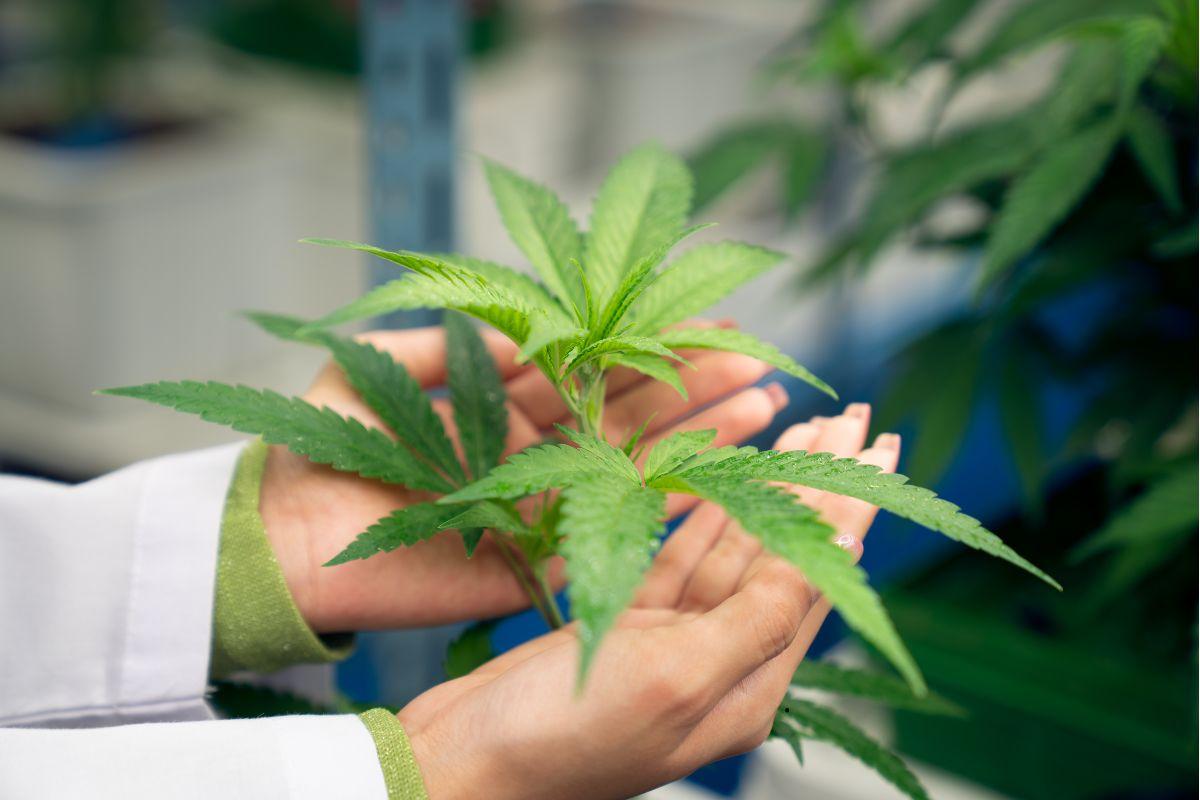A good mother plant isn’t “a bush in the corner”—it’s a precisely managed donor tree. The better you prep her, the easier your clones root, the more uniform each batch is, and the fewer surprises you hit along the way. Below is a simple but complete plan: from nutrition and light to hygiene and phytosanitation, plus a week-by-week prep schedule and a list of what to have on hand.
The Foundations of a Healthy Mother
Age & condition:
- Ideally 6–8 weeks of stable vegetative growth after full rooting, with no stress signs (no stunting, chlorosis, spotting, or weird deformities).
- Every 6–12 months, refresh the line—select the most vigorous, healthiest clone as a new mother. This reduces the risk of pathogen buildup and “mother fatigue.”
Environment (mother zone):
- Photoperiod: 18/6 (stable, energy-efficient) or 20/4 if you want max regrowth speed.
- PPFD:200–400 μmol·m⁻²·s⁻¹ over the canopy (even light carpet; no hotspots).
- Temperature:24–26°C day, 20–22°C night.
- Relative humidity:60–70% (VPD around 0.8–1.2 kPa).
- CO₂: ambient is fine; enrichment isn’t necessary for mothers.
Medium and pH/EC:
- Coco/soilless: pH 5.8–6.2, feed EC typically 1.2–1.6 mS/cm.
- Soil/light mix: pH 6.2–6.6; feed lighter and read the leaves rather than chasing numbers.
Mother’s Diet: “Fluff” vs. “Firm Tissue”
Day-to-day, a mother likes nitrogen (leaf and shoot building), but right before cuts you don’t want “juicy, soft” tissues—they hold water poorly and wilt more after cutting. What works:
- Veg-base (N-forward) day-to-day, with full Ca/Mg and micros.
- 7–10 days before cutting: gently reduce EC by ~20–30% (e.g., to 0.8–1.0 mS/cm in coco/soilless), slightly less N, but keep calcium/magnesium steady (roughly 120–150 ppm Ca, 40–60 ppm Mg) and silicon (20–40 ppm) for stiffer cell walls.
- Kelp/B-vitamins—optional anti-stress; if used foliar, stop ≥7 days before cutting so clones don’t start with a “wet” cuticle.
- The day before cutting:fully irrigate to light runoff—maximize turgor. Don’t allow drought stress.
Architecture & Training: Build a “Clone Factory”
- Topping and selective pruning 21–14 days before cutting to trigger lots of even laterals.
- Internode spacing: aim for short, meaty internodes; ideal cutting length 10–15 cm, about pencil-thick.
- Remove weak lower shoots (light lollipopping)—the mother invests in future, uniform “sticks.”
- Air movement: gentle, constant breeze over the canopy, no direct jetting onto leaves. This suppresses powdery mildew and strengthens tissues.
Hygiene & Phytosanitation: Zero Compromises
- Tool disinfection: dip scalpel/pruners in 70% isopropanol (or flame + cool) after every plant, and ideally after every cut.
- Hands/gloves: disposables + antiseptic; keep a dedicated smock just for the mother zone.
- Pest-free mother: yellow sticky cards, inspect leaf undersides, use preventive biocontrol (predatory mites in cycles). Avoid heavy oils and sticky sprays in the last 10 days.
- Latent pathogens (HLVd, etc.): if any stock has unclear history, consider rapid cassette tests before establishing a mother (typically €25–€50 per test).
Prep Timeline (T−28 to T0)
- T−28 to T−21 – Top above the 4th–6th node, clean inner canopy, even out heights.
- T−14 – selective thinning toward the light (open the crown), set horizontal air movement.
- T−10 – start pre-cut diet: lower EC, maintain Ca/Mg/Si. Last safe foliar (if any).
- T−7 – stop all sprays; choose target shoots (mark with clip/soft-tie), remove the fan leaf from the lower node to expose the cut point.
- T−3 – micro tidy-up in the crown, pest check, pH meter calibration, station disinfection.
- T−1 – full irrigation (max turgor), prep tools and clone media (cubes/plugs soaked to the right pH).
- T0 (cut day) – work in the morning when turgor peaks; keep the mother at 24–25°C, no drafts, and no leaf misting on cut day.
What Shoots Do We Cut? Quick Selection Checklist
- Semi-soft tissue (non-woody but springy).
- Diameter 3–5 mm, length 10–15 cm with 2–3 nodes.
- Free of damage, spots, pests, with uniform structure.
- Genetic representativeness—take from multiple branches, not just one “arm.”
Work Zone & Tools (ballpark costs)
- Scalpels/precision pruners:€5–€15.
- Isopropyl alcohol 70%:€5–€10.
- Work tray + silicone mat:€10–€20.
- Waterproof markers/labels:€3–€8.
- pH/EC meter (calibrated): €30–€80 (optional PAR meter: €150–€250).
- HLVd rapid test (optional):€25–€50.
- Silicon supplement / Ca-Mg:€10–€20 each.
(Note: this list is for prepping the mother; the rooting kit itself—cubes/plugs, IBA gel, heat mat, dome—depends on your workflow.)
Common Mother Mistakes (and Fixes)
- Too much nitrogen pre-cut → “fluffy” tissue, post-cut wilt.
Fix: drop EC and N 7–10 days before T0; keep Ca/Mg/Si steady. - Poor tool hygiene → base infections in cuttings.
Fix: isopropanol after every cut. - Draft or cold on cut day → rapid turgor crash.
Fix: stable 24–25°C, no direct airflow on the mother. - Overlong “sticks” with huge fan leaves → excessive transpiration.
Fix: cut 10–15 cm, and trim leaf blades by 1/3–1/2 on the cutting (not on the mother). - “Eternal” mother under chronic stress → batch vigor declines.
Fix:mother replacement plan every 6–12 months + routine health checks.
Bottom Line: A Mother Is a Process, Not an Event
Prepping a mother plant for cloning is a set of repeatable habits: controlled light and climate, a slightly leaner pre-cut diet, firmer tissue via Ca/Mg/Si, uncompromising hygiene, and sensible crown architecture. That setup yields clones that root uniformly, hold turgor fast, and let you plan production without roulette. Once the mother is dialed in, the rest (gel, cube, dome) becomes procedure, not a fight for survival.

